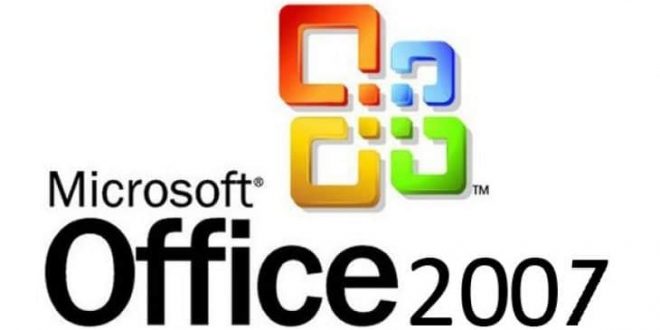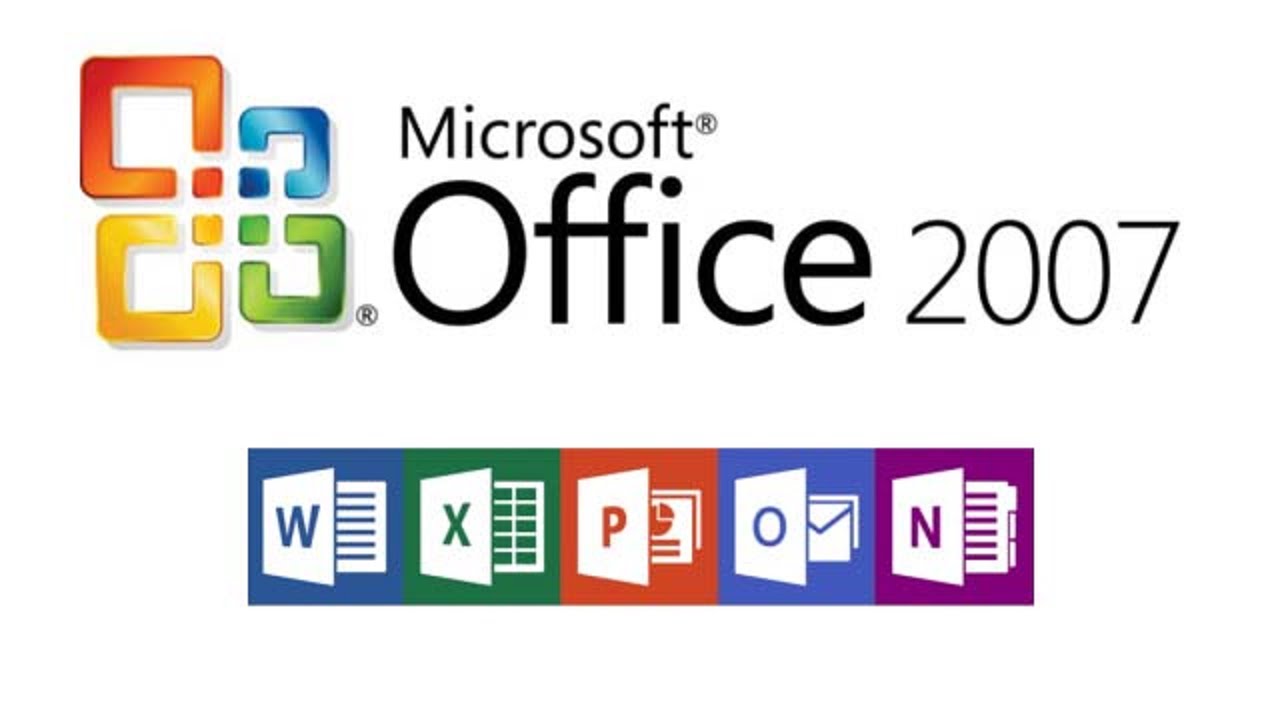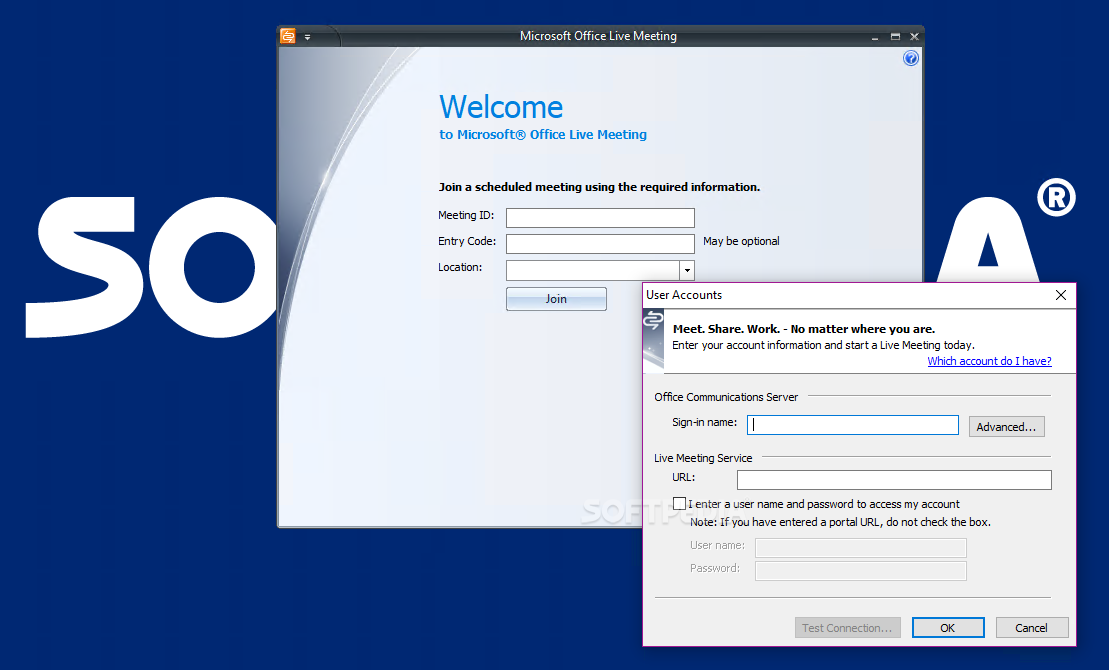Office 2007 reached its end of support on October 10, 2017. If you haven't already begun to upgrade your Office 2007 environment, we recommend you start now.
This article provides recommendations, information, and links to help administrators and IT Pros in large enterprises plan their upgrades to Microsoft 365 Apps.
- Building on the strengths of Microsoft Office Professional Plus 2007, Office Enterprise 2007 provides teams and organizations with the most comprehensive set of tools to collect and consolidate any type of information, find what they are looking for quickly, and easily share critical information with others across geographic or organizational boundaries, whether working online or offline.
- The 2007 Microsoft Office suite Service Pack 3 (SP3) and Microsoft Office Language Pack 2007 SP3 provide the latest updates to the 2007 Office suite and to Office Language Pack 2007. These updates include two main categories of fixes: Previously unreleased fixes that were made specifically for this service pack. This includes improvements in.
- Purchase Microsoft Office 2007 on CD. Since Microsoft no longer supports Office 2007, it's not possible to purchase it from them online. What you can do is buy Office 2007 Home & Student or Professional on CDs from an online retailer—as of August 2020, there are many retailers offering the physical discs for sale on Amazon and eBay.
Note
- If you're a home user who wants to upgrade from Office 2007 to the latest version of Office, see How do I upgrade Office?
- If you're an admin at a small business or organization who wants to help your users upgrade to the latest version of Office, see Upgrade your Microsoft 365 for business users to the latest Office client.
The Microsoft Office 2007 version is a free one-click update if you have the older version of the Microsoft Office. If not so, not to worry, we have got you covered. The download can be done by clicking the link below and the product key will also be along with the documents. Upgrade from Office 2007 to Microsoft 365. See options for home See options for work See options for enterprise Still using Office 2007? Achieve more with the always up-to-date apps and services in Microsoft 365. Office 2007 is now retired. Updates are required to stay supported.
We also recommend business and enterprise customers use the deployment benefits provided by Microsoft and Microsoft Certified Partners, including Microsoft FastTrack for cloud migrations and Software Assurance Planning Services for on-premises upgrades.
What does end of support mean?
Office 2007, like almost all Microsoft products, had a support lifecycle during which we provided bug fixes and security fixes. This lifecycle lasts for a certain number of years from the date of the product's initial release. For Office 2007, the support lifecycle was 10 years. The end of this lifecycle is known as the product's end of support. Office 2007 reached its end of support on October 10, 2017, and Microsoft no longer provides the following services:
Technical support for issues
Bug fixes for issues that are discovered
Security fixes for vulnerabilities that are discovered

Because of these changes, we strongly recommend that you upgrade as soon as possible.
What are my options?
Because Office 2007 has reached its end of support, you should explore your options and prepare an upgrade plan to either of these latest versions of Office:
Microsoft 365 Apps, the subscription version of Office that comes with many Office 365 (and Microsoft 365) enterprise and business plans.
Office 2019, which is sold as a one-time purchase and available for one computer per license.
A key difference between Microsoft 365 Apps and Office 2019 is that Microsoft 365 Apps is updated on a regular basis, as often as monthly, with new features. Office 2019 only has the same features that it had when it was released in October 2018.
This article provides guidance on upgrading to Microsoft 365 Apps.
What is Office 365? What is Microsoft 365 Apps?
Office 365 (and Microsoft 365) provides subscription plans that include access to Office applications and other cloud services, including Skype for Business, Exchange Online, and OneDrive for Business. Microsoft 365 Apps is the version of Office that comes with many Office 365 (and Microsoft 365) enterprise and business plans. Microsoft 365 Apps includes the full versions of Office apps installed on your client computers. For example, Word, PowerPoint, Excel, Outlook, and OneNote.
Unlike Office 2007, Microsoft 365 Apps uses a user-based licensing model that allows people to install Office on up to 5 PCs or Macs and on their mobile devices. There are also differences in how you deploy, license, and activate Microsoft 365 Apps compared to Office 2007. For more information about Microsoft 365 Apps, see the following information:
Review what's changed since Office 2007
To learn about some of the changes since Office 2007, review the following articles: Changes in Office 2010, Changes in Office 2013, and Changes in Office 2016 for Windows.
For information about the new features available in Microsoft 365 Apps, see What's new in Microsoft 365. For Office 2019, see What's New in Office 2019.
Review the system requirements for Microsoft 365 Apps
Before upgrading to Microsoft 365 Apps, verify that your client computers meet or exceed the minimum system requirements.
In addition, you should review the system requirements for your Office server workloads. For more information, see Exchange Server Supportability Matrix and System Requirements for Office server products.
Plan for Office 365
Because Microsoft 365 Apps comes with many enterprise Office 365 (and Microsoft 365) plans, you should review your current Office 365 (or Microsoft 365) capabilities as part of planning an upgrade to Microsoft 365 Apps. Prior to deploying Microsoft 365 Apps, for example, you should ensure that all your users have Office 365 (or Microsoft 365) accounts and licenses. For more information, see Deploy Microsoft 365 Enterprise for your organization.
Assess application compatibility
Before deploying Microsoft 365 Apps, you may want to test your business-critical VBA macros, third-party add-ins, and complex documents and spreadsheets to assess their compatibility with Microsoft 365 Apps. For more information, see Assess application compatibility.
To help with assessing application compatibility with Microsoft 365 Apps, you can use the Readiness Toolkit for Office add-ins and VBA. The Readiness Toolkit includes the Readiness Report Creator, which creates an Excel report with VBA macro compatibility and add-in readiness information to help your enterprise assess its readiness to move to Microsoft 365 Apps.
You can download the Readiness Toolkit for free from the Microsoft Download Center. For more information, see Use the Readiness Toolkit to assess application compatibility for Microsoft 365 Apps.
Other resources are also available. For example, if you use Microsoft Endpoint Configuration Manager (current branch), you can use the Microsoft 365 Apps readiness dashboard. Or, you can get assistance from Microsoft through the App Assure program.
Assess your infrastructure and environment
To decide how to upgrade to Microsoft 365 Apps, you should evaluate your infrastructure and environment, including the following areas:
Number and distribution of your clients, including required languages.
IT infrastructure, including operating systems, mobile device support, user permissions and management, and software distribution methods.
Network infrastructure, including connections to the internet and internal software distribution points.
Cloud infrastructure, including existing Office 365 (or Microsoft 365) capabilities, user licensing, and identity.
Your assessment of these components will influence how you want to upgrade. For more information, see Assess your environment and requirements for deploying Microsoft 365 Apps.
Review new Group Policy settings
As with any new version of Office, there are new Administrative Template files (ADMX/ADML) for Group Policy settings. All Group Policy settings for Microsoft 365 Apps are now located in HKEY_LOCAL_MACHINESOFTWAREPoliciesMicrosoftOffice16.0 and HKEY_CURRENT_USERSOFTWAREPoliciesMicrosoftOffice16.0.
You can download the Administrative Template files (ADMX/ADML) for Group Policy settings for Microsoft 365 Apps from the Microsoft Download Center for free. The download includes an Excel file that lists all the Group Policy settings for Microsoft 365 Apps.
Choose how you want to deploy Microsoft 365 Apps

You can deploy Microsoft 365 Apps from the cloud, from a local source on your network, or with Microsoft Endpoint Configuration Manager (or another software distribution solution). Which option you choose depends on your environment and business requirements. Deploying from the cloud, for example, minimizes your administrative overhead, but could require more network bandwidth. Excel word and powerpoint for mac. Deploying with Configuration Manager or from a local source, on the other hand, offers more granular control over the deployment of Microsoft 365 Apps, including which applications and languages are installed on which client computers.
For more information, see Plan your enterprise deployment of Microsoft 365 Apps.
Choose how often to update Office
With Microsoft 365 Apps, you can control how frequently your users receive feature updates to their Office applications. For more information, see Overview of update channels for Microsoft 365 Apps.
Plan for additional languages
You can install language accessory packs after you've deployed Microsoft 365 Apps in one of its base languages. There are two ways to install language accessory packs:
Have your users download and install the language accessory packs that they need from the Office 365 portal.
Use the Office Deployment Tool to deploy the appropriate language accessory packs to your users.
For more information, see Overview of deploying languages for Microsoft 365 Apps.
Special considerations
The Office Customization Tool is not used as part of the Microsoft 365 Apps installation. Instead, you can customize the installation for your users with the Office Deployment Tool. For more information, see Overview of the Office Deployment Tool.
Removal of InfoPath from Microsoft 365 Apps. InfoPath 2013 remains the current version and therefore isn't included in Microsoft 365 Apps. When you upgrade an existing installation of Office 2007 to Microsoft 365 Apps, InfoPath is removed from the computer. If your users still need to use InfoPath, the 2013 version of InfoPath is available for installation on the Software page in the Office 365 portal.
Related articles
For articles about planning, deploying, and managing Microsoft 365 Apps in an enterprise environment, see Deployment guide for Microsoft 365 Apps.
To find out more about upgrading from Office 2007 servers, see Resources to help you upgrade from Office 2007 servers and clients.
For more information about Office 365 (and Microsoft 365) plans, see Microsoft 365 and Office 365 Service Descriptions.
For more information about the support lifecycle for Microsoft products, see Search Product and Services Lifecycle Information.
To discuss or learn more about end of support for Office versions, go to the Microsoft Office End of Support area of the Microsoft Tech Community. Ipad remote control for mac.
Enable users to quickly create high-impact, dynamic presentations.
Microsoft Office PowerPoint 2007 enables users to quickly create high-Impact, dynamic presentations, while integrating workflow and ways to easily share information. From the Microsoft Office Fluent user interface to the new graphics and formatting capabilities, Office PowerPoint 2007 puts the control in your hands to create great-looking presentations.
Create dynamic presentations
Quickly create dynamic and great-looking presentations using The Office Fluent user interface and new graphics capabilities.
Get better results FASTER with the Office Fluent user interface.
The Office Fluent user interface in Office PowerPoint 2007 makes creating, presenting, and sharing presentations an easier and more intuitive experience. You now have all of the rich features and capabilities of PowerPoint in a streamlined, uncluttered workspace that minimizes distraction and helps you achieve the results you want more quickly and easily.
Create powerful, dynamic SmartArt Diagrams.
Easily create relationship, workflow, or hierarchy diagrams from within Office PowerPoint 2007. You can even convert a bulleted list into a SmartArt diagram or modify and update existing diagrams. It’s also easy for users to take advantage of rich formatting options with the contextual diagramming menus in the Office Fluent user interface.
Help ensure that your content is up to date.
With PowerPoint Slide Libraries, you can easily repurpose slides from existing presentations stored on a site supported by Microsoft Office SharePoint Server 2007. Not only does this cut down the time you spend creating presentations, but any slides you insert from the site can be synchronized with the server version, to help ensure your content is up to date.

Microsoft 2007 Download For Pc
Microsoft 2007 Vs 2019

Install Office Home And Student 2007
